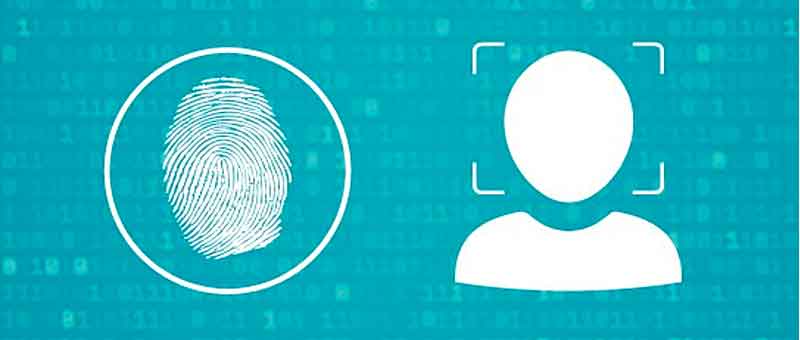
Starting July 31, 2018, you may need to give your fingerprints and photos (biometrics) when you apply for a Canadian visitor visa, study or work permit, or permanent residence if you are from Europe, the Middle East or Africa.
Depending on your nationality, you may need to give your biometrics as soon as this summer.
- Starting July 31, 2018 – applicants from Europe, Middle East and Africa
- Starting December 31, 2018 – applicants from Asia, Asia Pacific and the Americas
There are some exemptions:
- Canadian citizens, citizenship applicants (including passport applicants), or existing permanent residents
- Visa-exempt nationals coming to Canada as tourists who hold a valid Electronic Travel Authorization (eTA)
- Children under the age of 14
- Applicants over the age of 79 (there is no upper age exemption for asylum claimants)
- heads of state and heads of government
- Cabinet ministers and accredited diplomats of other countries and the United Nations, coming to Canada on official business
- U.S. visa holders transiting through Canada
- Refugee claimants or protected persons who have already provided biometrics and are applying for a study or work permit
- Temporary resident applicants who have already provided biometrics in support of a permanent resident application that is still in progress
Temporary exemption: Applying in Canada
If you are applying for a visa, study or work permit, or permanent residence in Canada – you are exempt until the in-Canada service is established.
(Starting in the summer of 2018, when you apply for a visitor visa, study or work permit (except U.S. nationals), or permanent residence you will need to give your biometrics (fingerprints and a photo). Courtesy of Citizenship and Immigration Canada and YouTube. Posted on May 29, 2018.)
How often you need to give your fingerprints and photo
Visitor visa, study and work permit applicants
You only need to give your biometrics once every 10 years. You don’t need to give your biometrics until the 10-year period expires.
If you’re from one these 29 countries/1 territory and you have a valid visitor visa, or a study or work permit, when you submit an application:
- BEFORE July 31, 2018, you must give your biometrics again (even if you gave them in the past).
- ON or AFTER July 31, 2018, you don’t need to give your biometrics again if they’re still valid.
- Your biometrics will stay valid for 10 years from the date you gave them.
Permanent residence applicants
You will need to give your biometrics and pay the fee, regardless of whether you gave your biometrics in the past to support a visitor visa, study or work permit application, or a different permanent resident application.
How much it costs
- Individual applicants: CAD$85
- Families applying together at the same time: maximum total fee of CAD$170
- Groups of 3 or more performing artists and their staff who apply for work permits at the same time: maximum total fee of CAD$255
Why the Government of Canada collects biometrics
Biometrics collection is recognized globally as a reliable, accurate tool for establishing identity.
More than 70 countries around the world are using biometrics in their immigration programs.
Biometrics collection allows the Government of Canada to effectively manage identity, facilitate application processing and simplify entry for travellers with legitimate identities.
It helps deter, detect and stop the entry of those who pose a risk to the health, safety and security of Canadians.
(Learn about where and how to give biometrics (fingerprints and a photo) when applying for a visa, study or work permit (excluding U.S. nationals), or permanent residence. Courtesy of Citizenship and Immigration Canada and YouTube. Posted on Jul 3, 2018.)
















